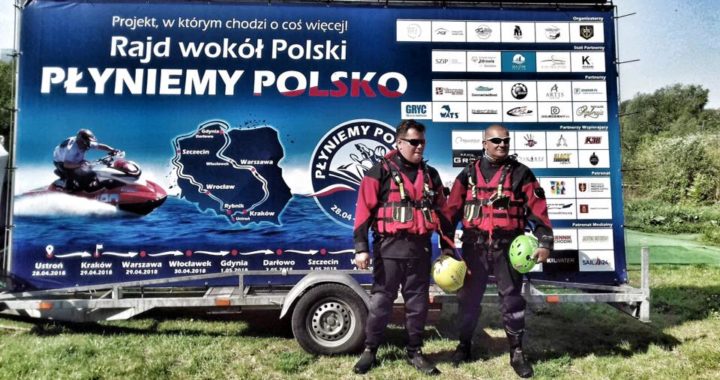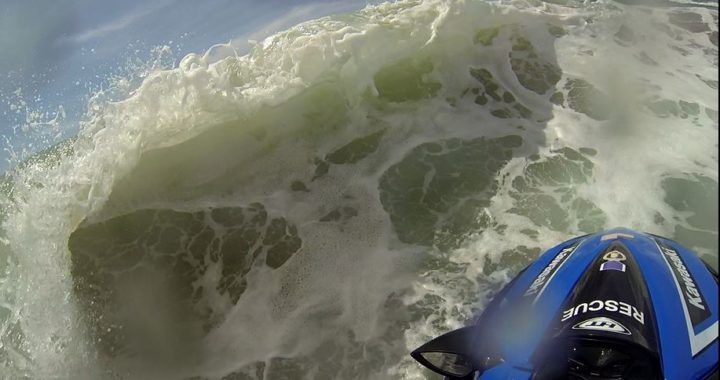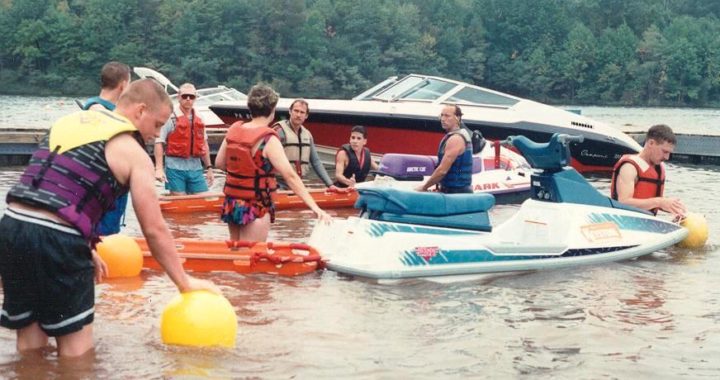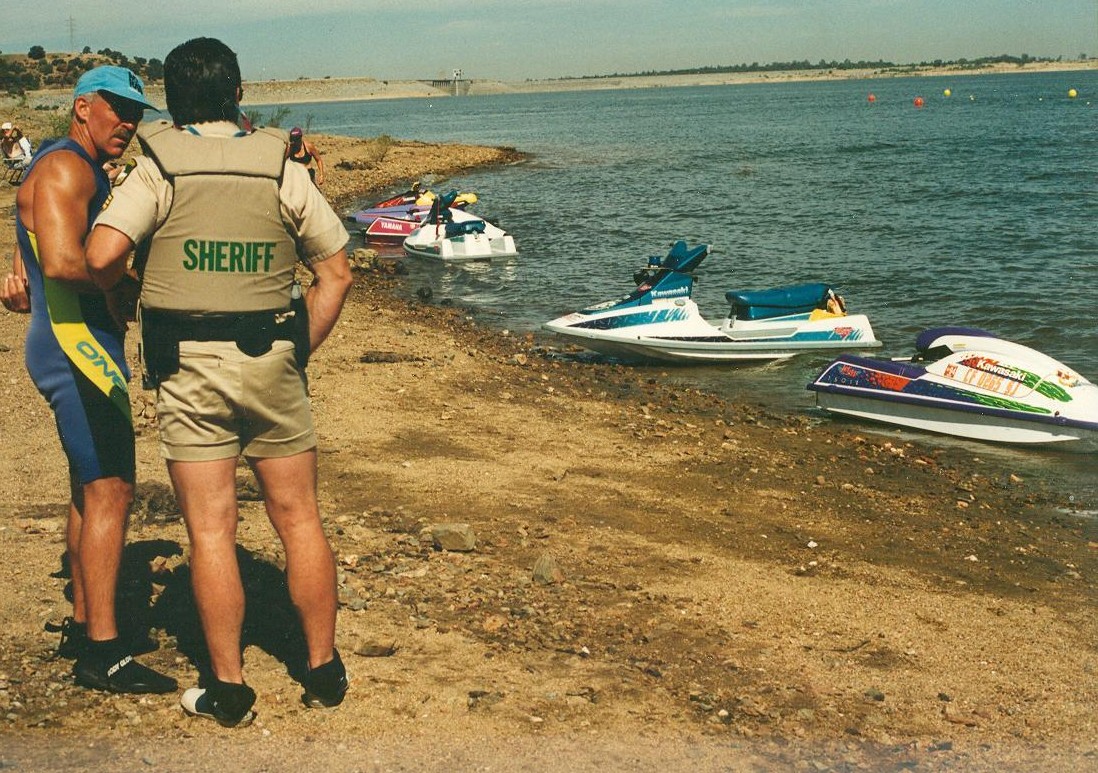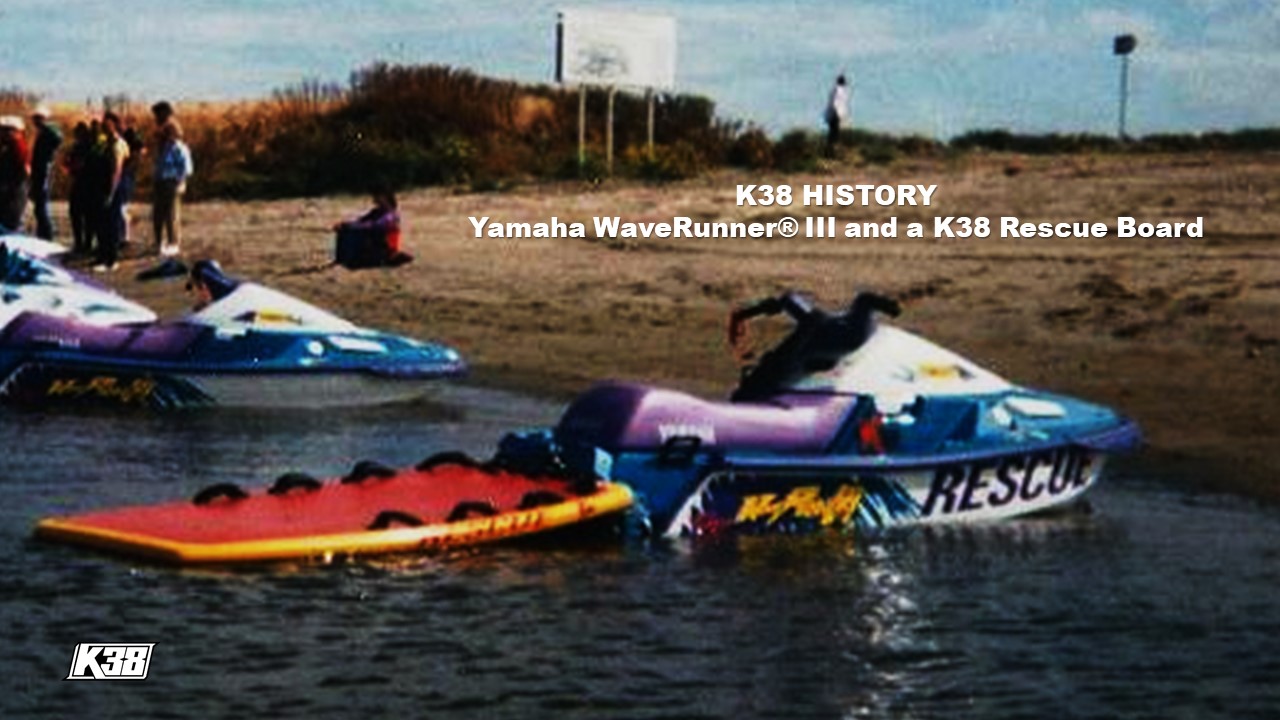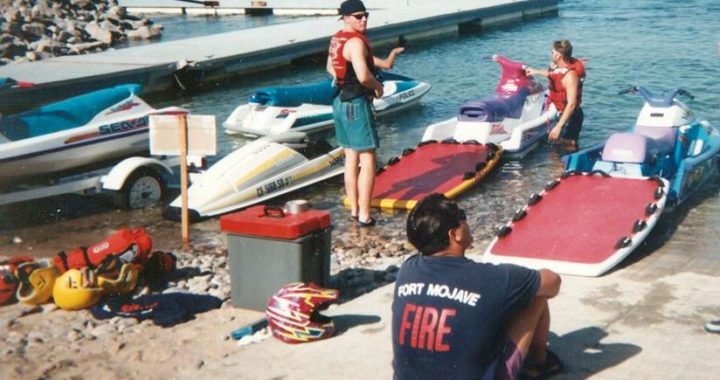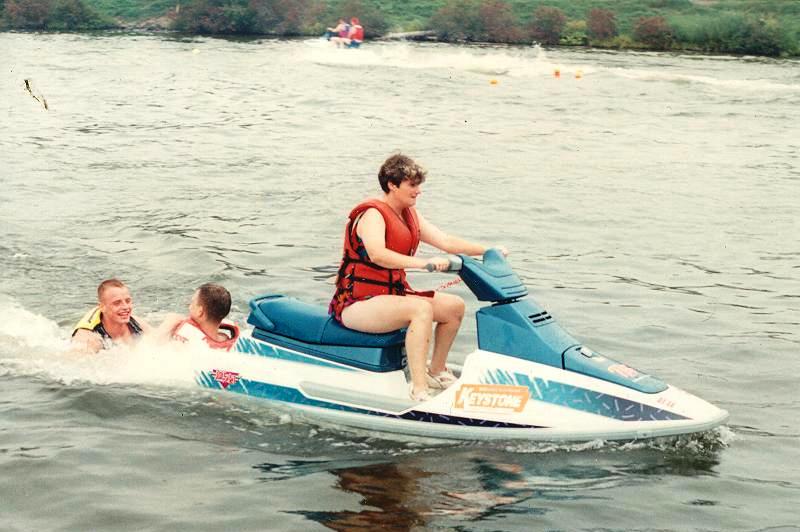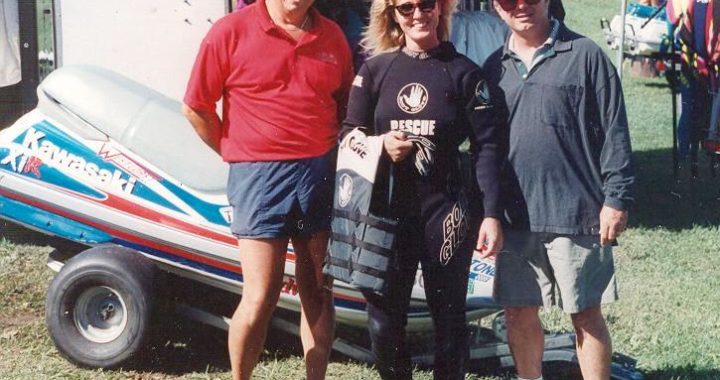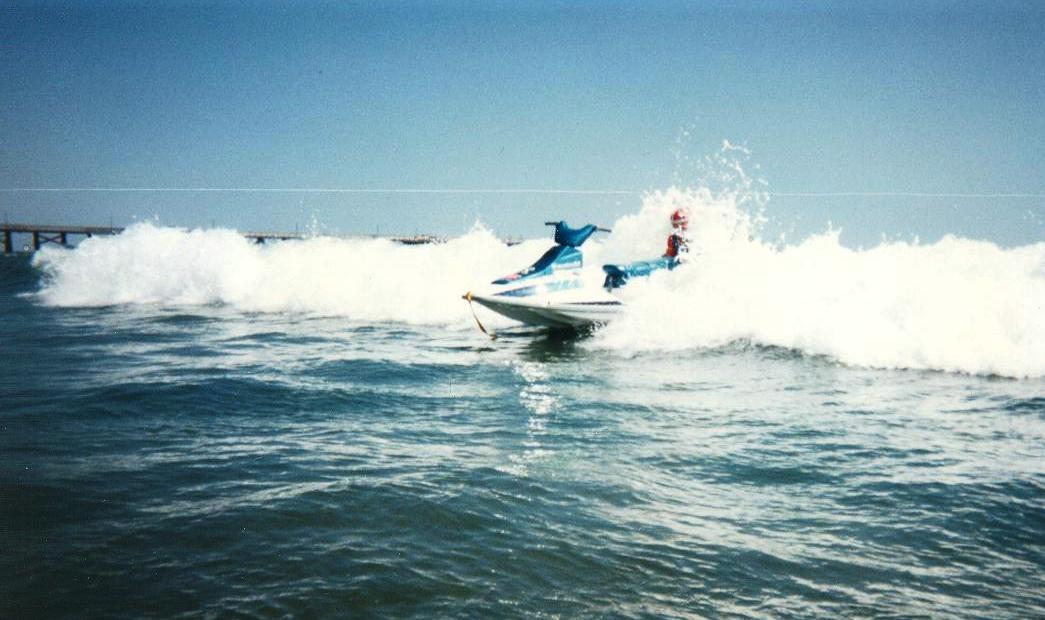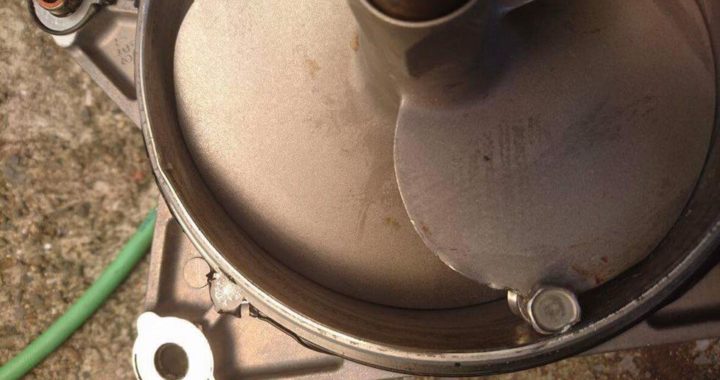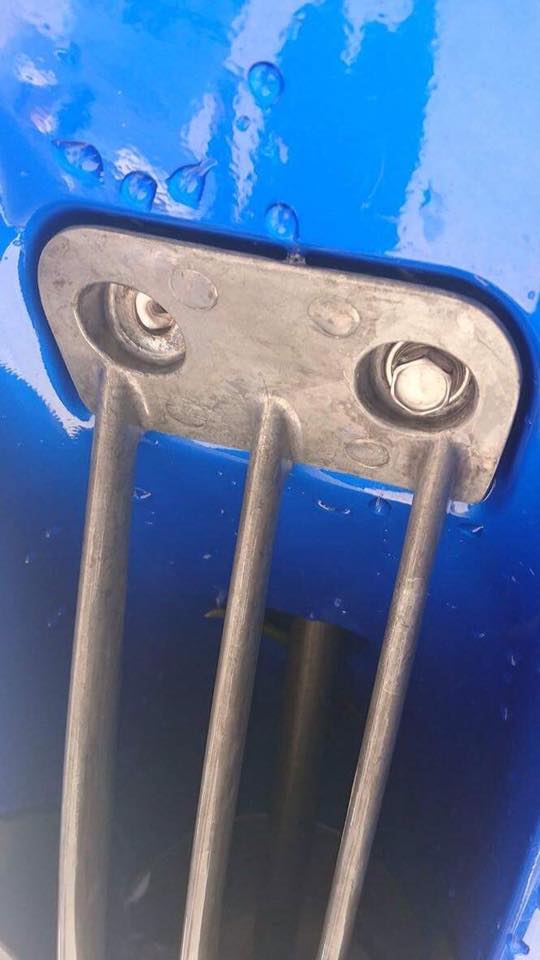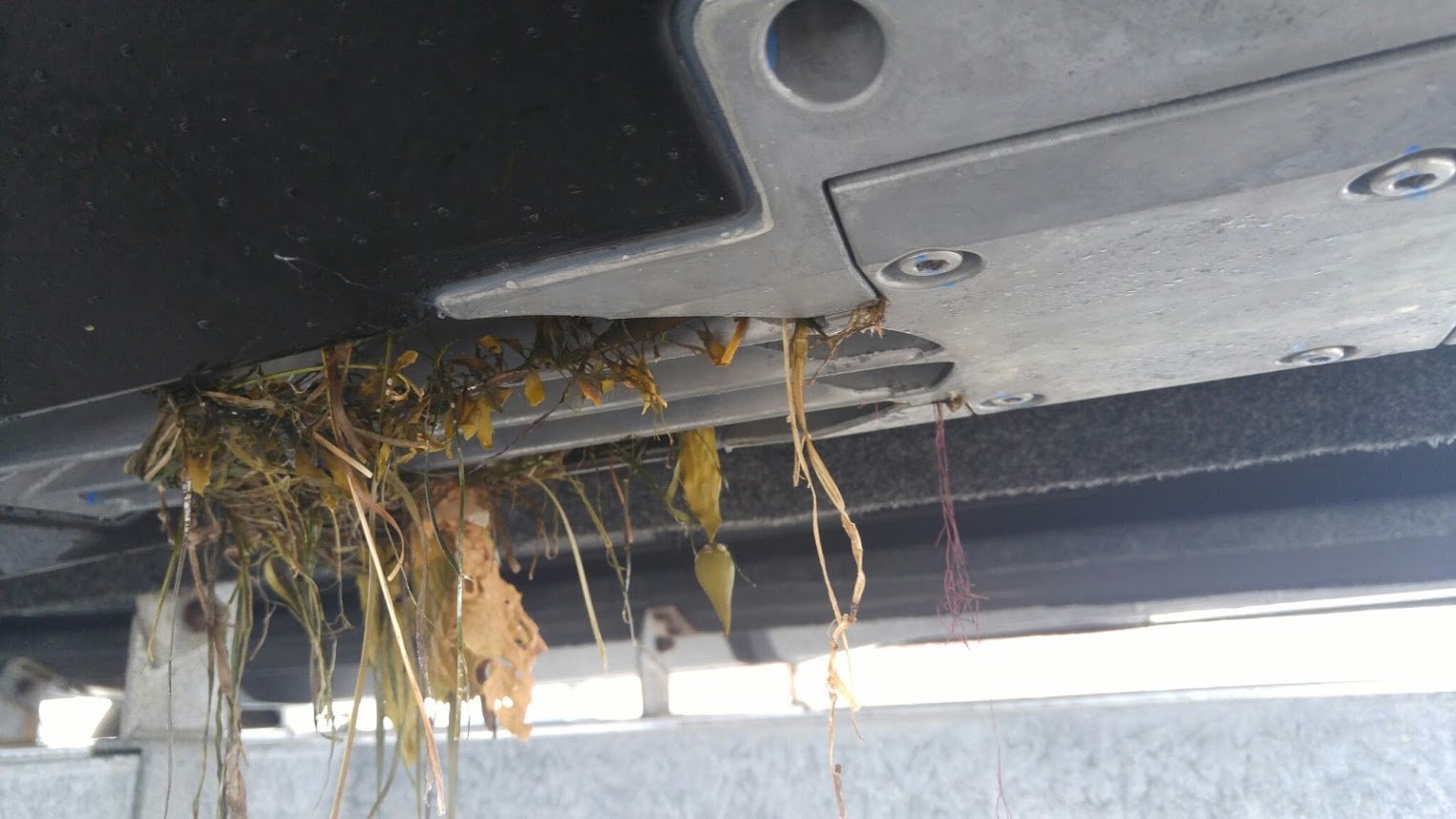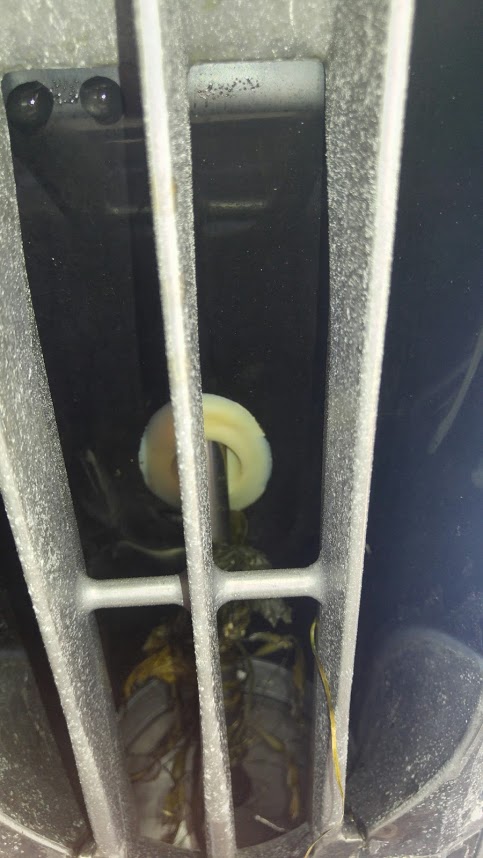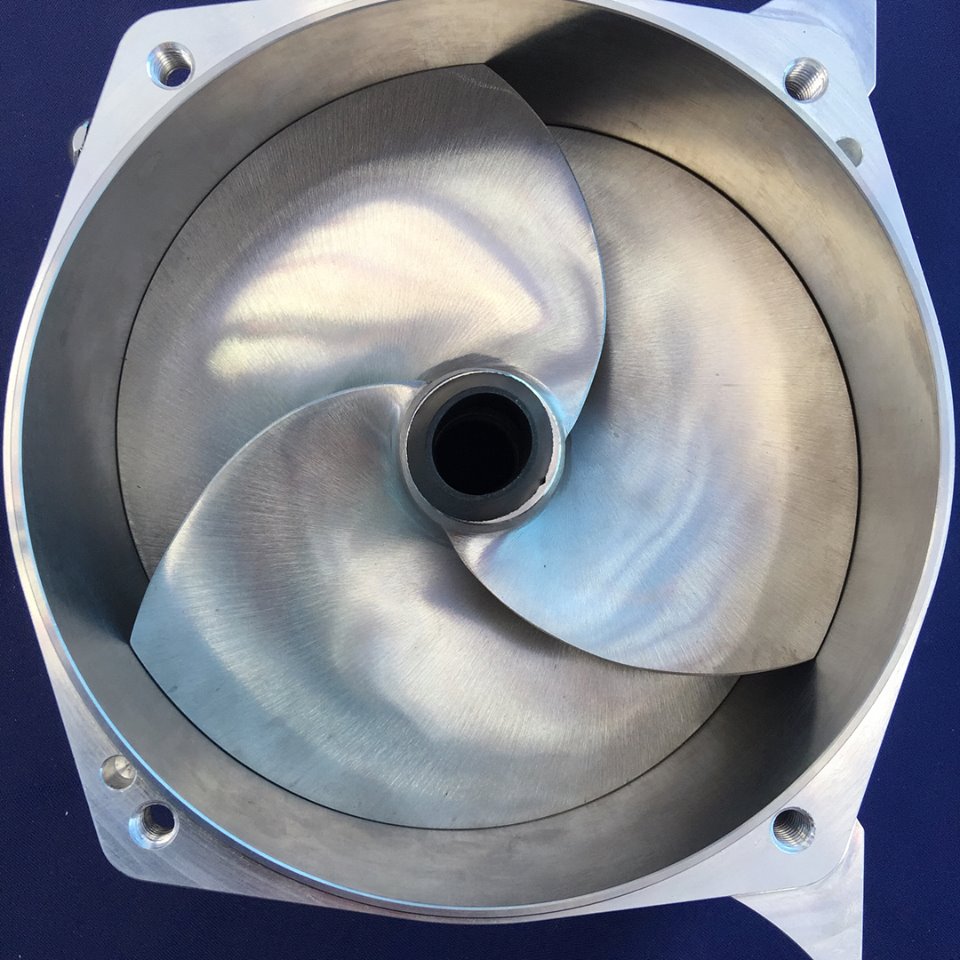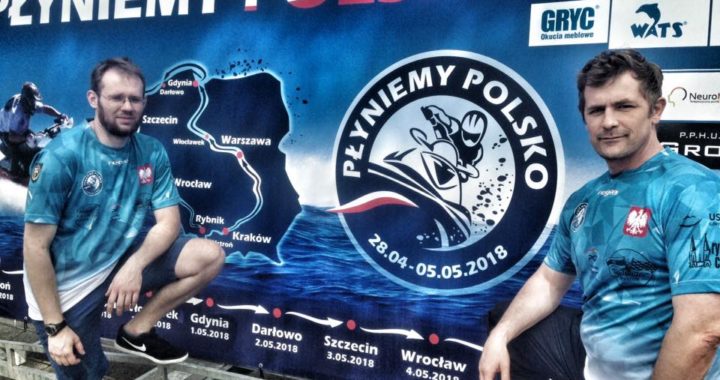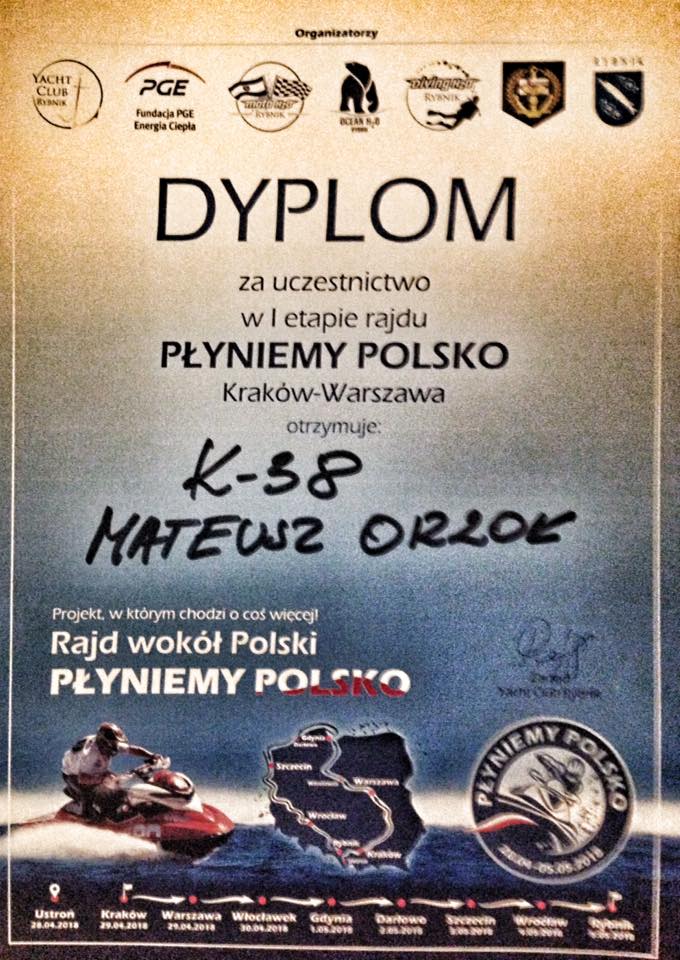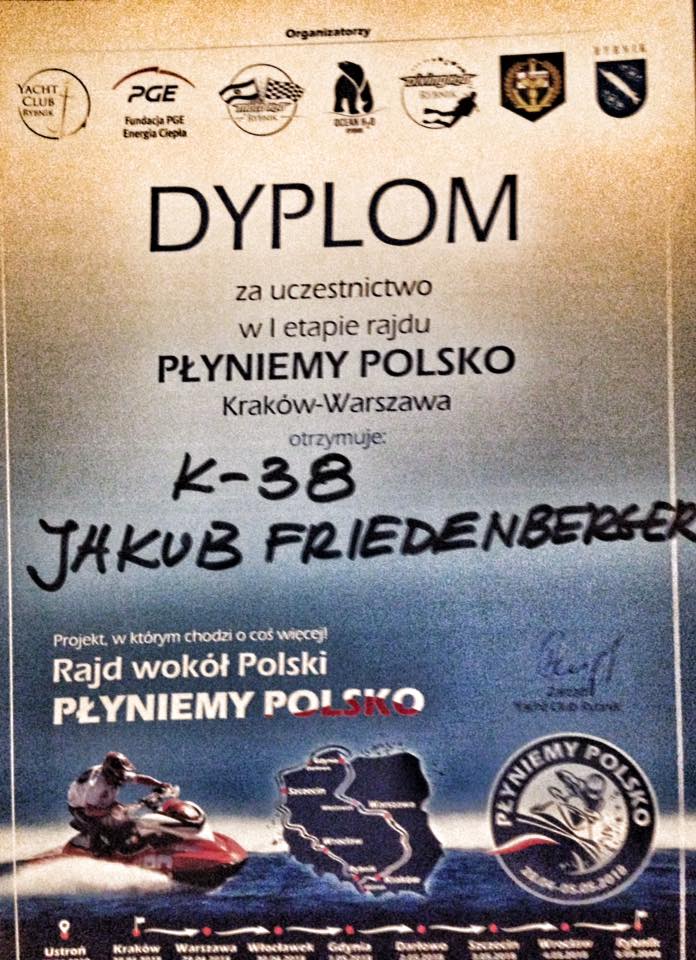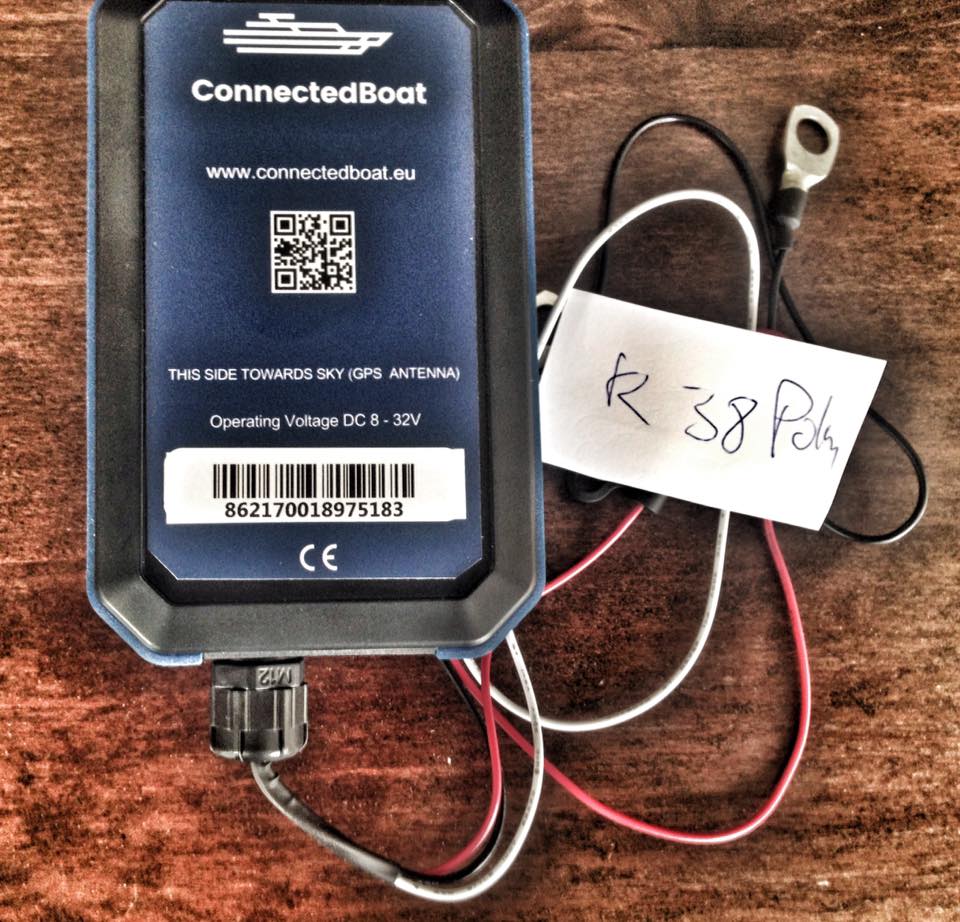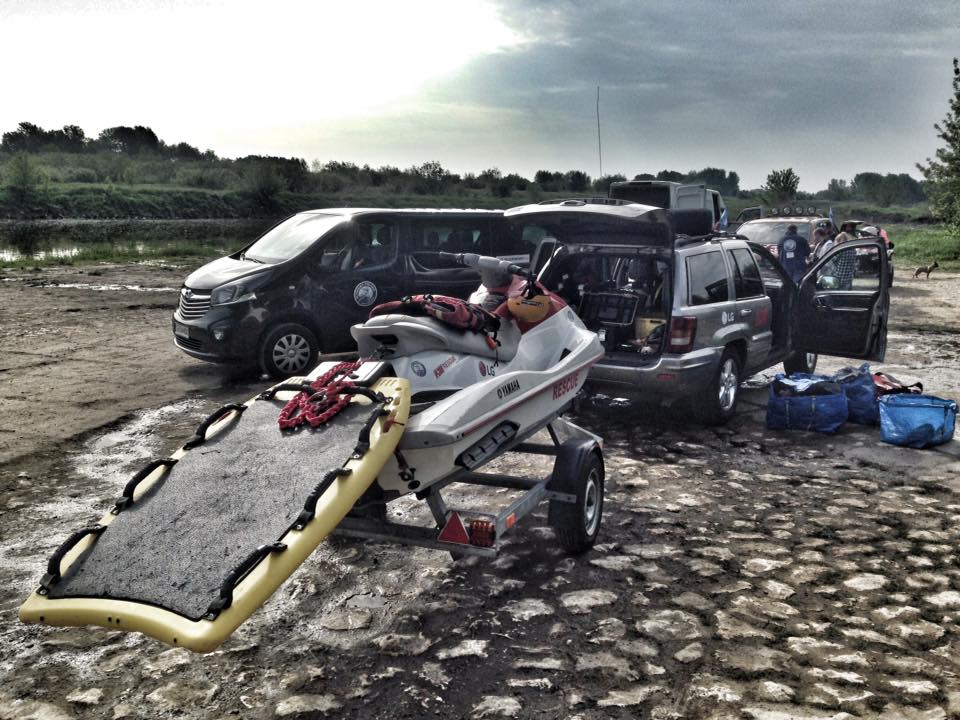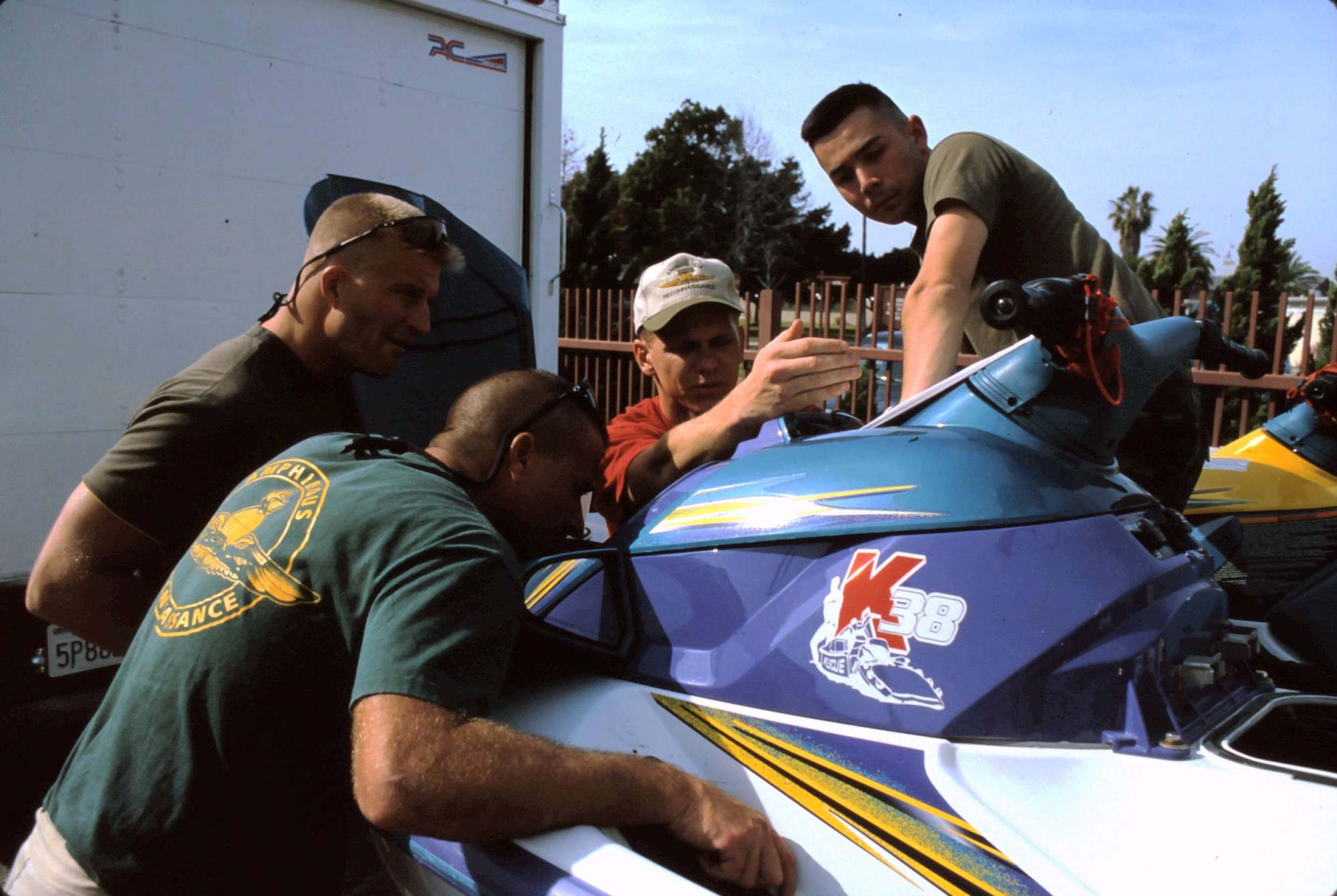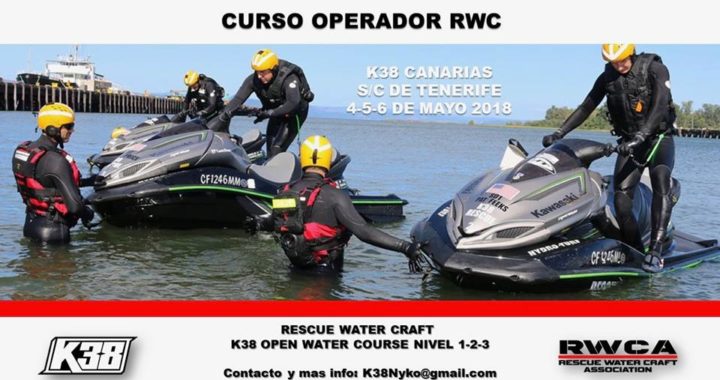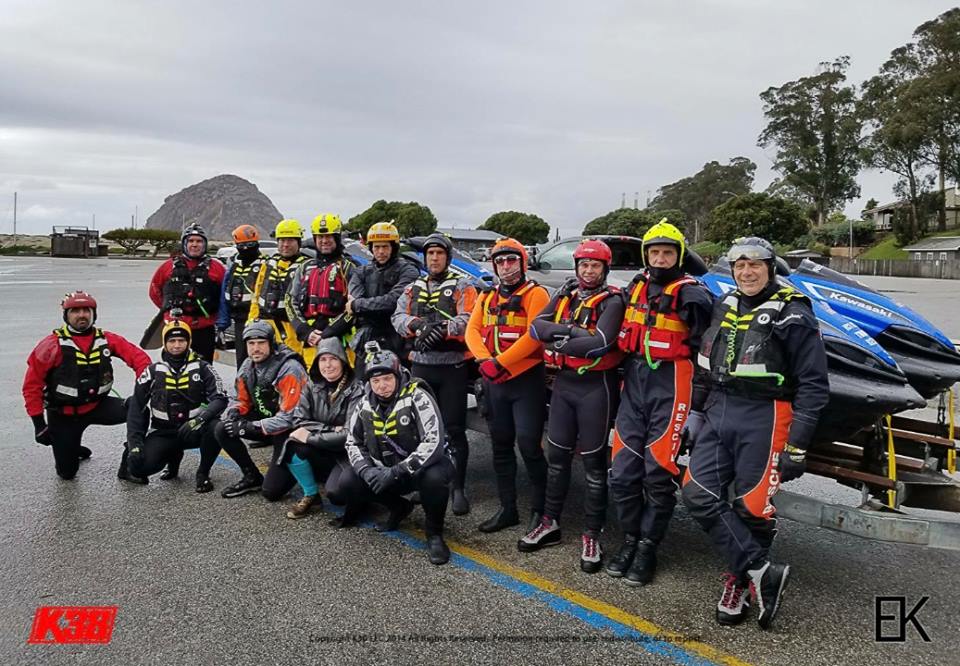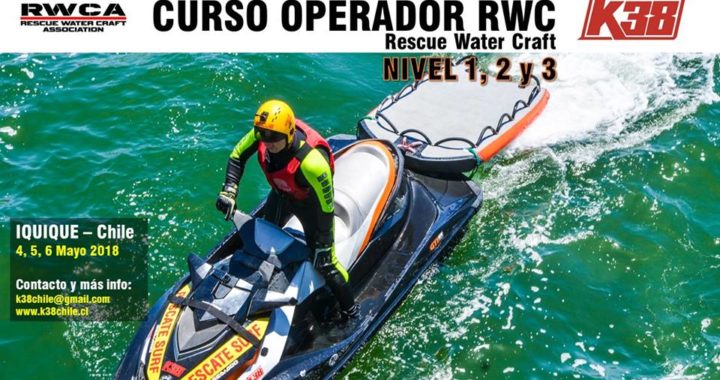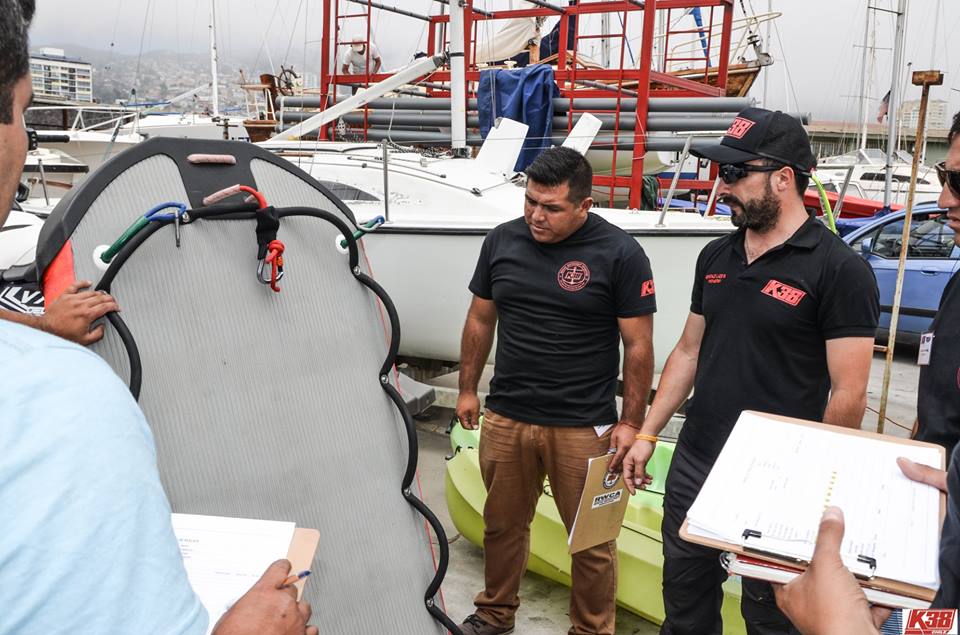STAGE 2
Stage 2 of the Plyniemy Polsko has be completed on 4.30.2018
The second stage of Plyniemy Polsko is now behind us. This stage was definitely less demanding compared to first stage and definitely faster.
Tomorrow we go to Gdynia, Poland. We are entering water with a completely different water conditions and characteristics.
Each Stage of the Plyneimy Polsko offers distinct water changes during the rally. Calmer waters allow us to travel faster and are much easier on the operators and the equipment.
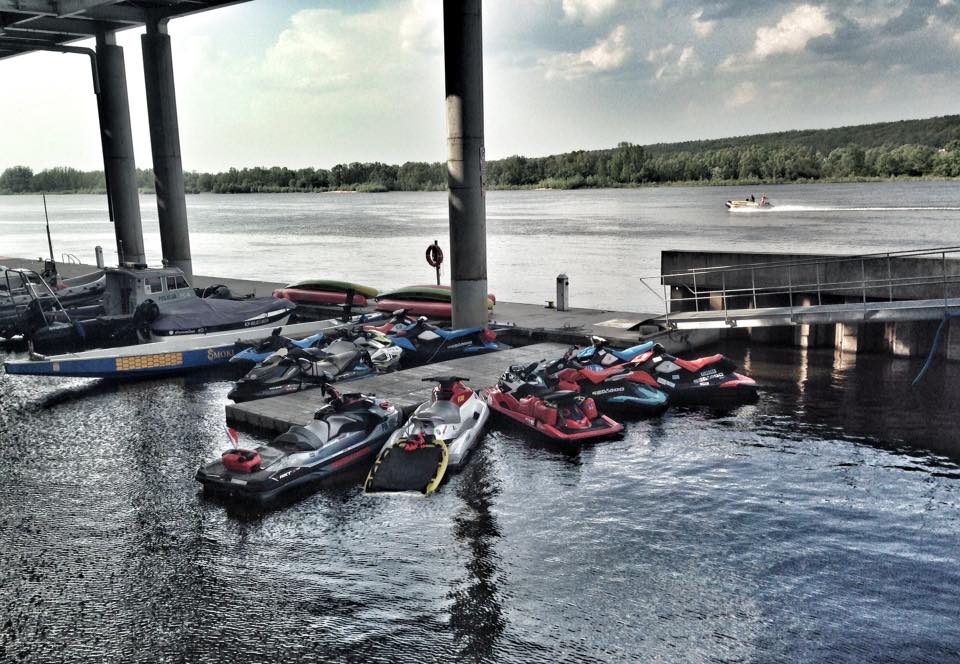
We have arrived!
Zacumowaliśmy w Przystań nad Wisłą we Włocławk
Each Stage of the Plyneimy Polsko offers distinct water changes during the rally. Calmer waters allow us to travel faster and are much easier on the operators and the equipment.
Drugi etap za nami. Zdecydowanie mniej wymagający w porównaniu z pierwszym i zdecydowanie szybszy.
Jutro płyniemy do Gdynia. Zatem wpływamy na wody o słonym smaku i zupełnie innej charakterystyce.
Zacumowaliśmy w Przystań nad Wisłą we Włocławku.
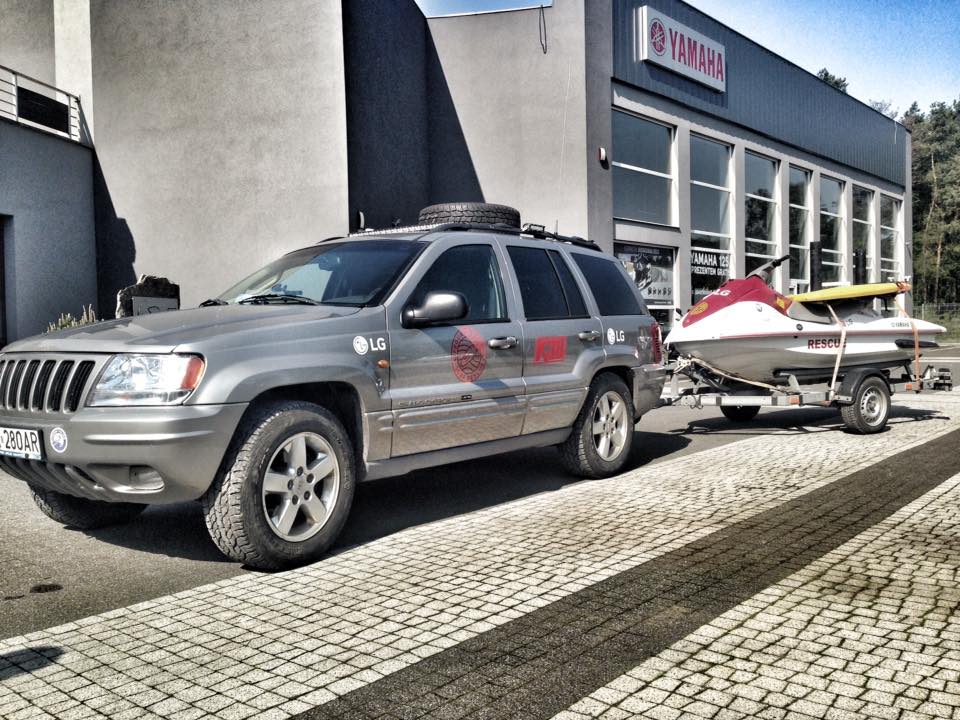
Taking a break from a long ride today
MOTO-KOM Yamaha
My tymczasem zmuszeni byliśmy w trybie ekspresowym odwiedzić serwis MOTO-KOM Yamaha. Profesjonalna i szybka obsługa postawiła nasz sprzęt na nogi. Wielkie dzięki.
Podziękowania również dla WOPR Płock za szybką akcję telefoniczną, kontakt i zorganizowanie serwisu.
Dzięki Wam jesteśmy na trasie!!! Płyniemy Polsko dalej!
Meanwhile, we were forced to visit MOTO-KOM Yamaha. Professional and quick service by the company ensured that our equipiment was ready to go for the Plyniemy Polsko. Thanks a lot to their outstanding support.
Thanks also to WOPR Płock for a quick phone call, contact and organisation.
Thanks to you we are on tour!!! Płyniemy Polsko go!
Dzisiaj wspiera nas Ochotnicza Straż Pożarna - Ratownictwo Wodne, którzy w swoim gronie mają licencjonowanych operatorów K38.
Norbert Wysocki i Maciek Krok zabezpieczają cześć trasy rajdu Płyniemy Polsko. Wielkie dzięki za pomoc i wsparcie!!!
Today we are supported by Ochotnicza Straż Pożarna-Ratownictwo Wodne who have licensed operators of K38. Norbert Wysocki who is a k38 Qualified Rescue Boat Operator and Maciek step securing honoring the tour of Płyniemy Polsko. Big thanks for your help and support!!!
The start of the Rally began on the Vistula River by the Baltic Sea. Personal Water Craft operators navigated the river and returned to the city of Oder. The rally has 10 double teams participating.
On Staurday April 28 in Ustron, the safety presentation and orientation was completed.
The teams began the rally on April 29 (Sunday) from Krakow at 9:00am.
The Vistula river is the longest on in Poland. Event organizers decided they would start their campaign in Ustron and the teams would commence this arduous campaign. Kornel Pajak is the main coordinator of the project from the Yacht Club Rybnik.
Content Creator - Shawn Alladio cares most about her community and the culture surrounding the safety of event service providers and Rescue Water Craft operators, working hard and dedicated towards protecting their reputation, distributing safety information and continuing to train these amazing individuals to the highest standards of care.
